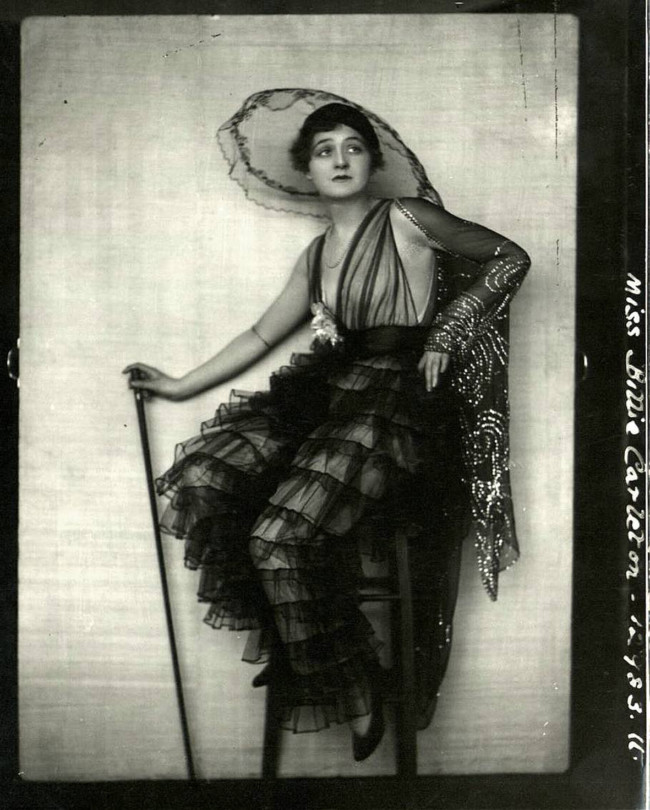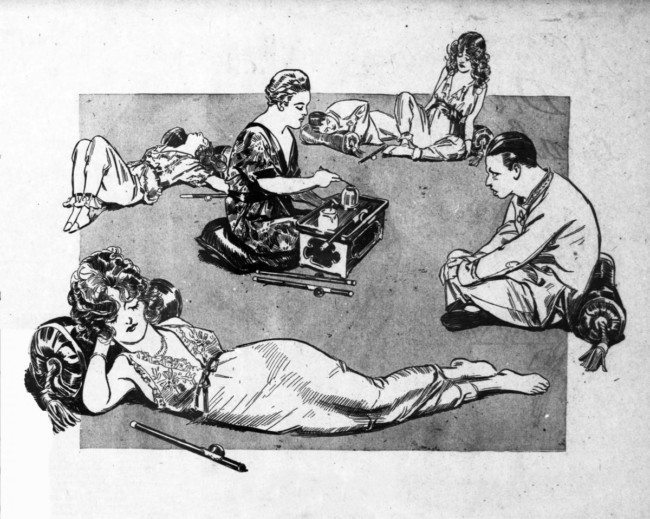The strange death of Billie Carleton that triggered a moral panic and set British dugs policy for decades
One hundred years ago, just two weeks after the end of World War One, Billie Carleton, a 19-year-old actress staring in London’s West End, died of a drug overdose. The ramifications of her death lasted for decades. The gulls tory is a cracking read. By way a taster, here’s an extract from the story from the brilliant Flashbak.com:
The time was ripe for a moral panic, and in February 1916 cocaine was again mentioned in the newspapers when Horace Kingsley, an ex-soldier and ex-convict, and Rose Edwards, a London prostitute, were each given six months’ hard labour for selling cocaine to Canadian soldiers at a military camp in Folkestone. The day after the verdict, the Times’ medical correspondent came down hard on the drug: ‘Cocaine is more deadly than bullets,’ he wrote – an extraordinarily crass thing to write when in the preceding month alone about 10,000 British men had perished on the Western Front, many by bullets. The ignorant stupidity continued when he added that ‘most cocainomaniacs carry a revolver to protect themselves against imaginary enemies’. A few days later an H. C. Ross wrote to the same newspaper about ‘small silver matchboxes’ he had seen in well-known West-End jewellers that were designed to be sent to friends and loved ones on the front and which contained three tubes filled with tablets of morphine hydrochloride, to be taken when severely wounded. The letter concluded, ‘Morphiomania is a terrible malady.’ Which indeed it is, but possibly not of undue concern to a soldier who has just had his leg shot off.
The Times, ironically, had recently been carrying advertisements for preparations of morphine and cocaine by Harrods and Savory & Moore (Mayfair chemists and suppliers to King George V), describing them as a ‘useful present for friends at the front’. In February 1916, both stores were found guilty of selling morphine and cocaine contrary to restrictions contained in the 1908 Poisons and Pharmacy Act. The prosecutor, Sir William Glyn-Jones, secretary of the Pharmaceutical Society and practising barrister, made a point of saying that it was an ‘exceedingly dangerous thing for a drug like morphine to be in the hands of men on active service … it might have the effect of making them sleep on duty, or other very serious results’. Both Harrods and Savory & Moore were fined, albeit nominal amounts. In July 1916 Regulation 40B of the Defence of the Realm Act came into effect, which criminalised the possession or sale of opium or cocaine by anyone except licensed chemists, doctors and vets. Further domestic legislation followed after the war when the Treaty of Versailles contained a clause requiring signatories to introduce domestic drugs legislation. In Britain this evolved into the Dangerous Drugs Act 1920; this Act changed drug addiction to a penal offence, though up to then, within the medical profession, it had been treated as a disease.
Carleton’s death, seemingly of cocaine, and the subsequent inquest and court cases often featured on the front pages until April 1919, and both The Times and the Daily Express used the case as an excuse to run an investigation into London’s illicit drug trade…
Read it all: ‘Disgraceful Orgies’, ‘Unholy Rites’ and the Death of Billie Carleton 100 Years Ago
Posted: 28th, November 2018 | In: Celebrities, Key Posts Comment | TrackBack | Permalink




